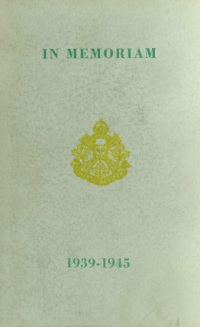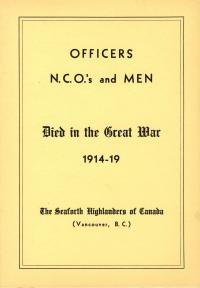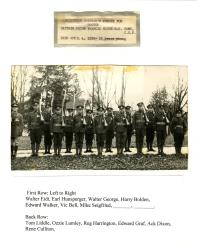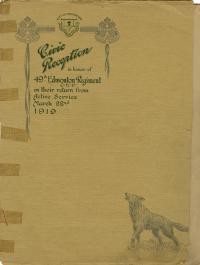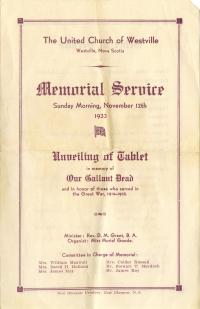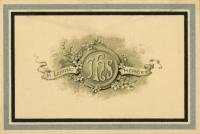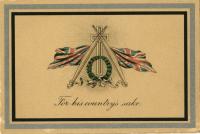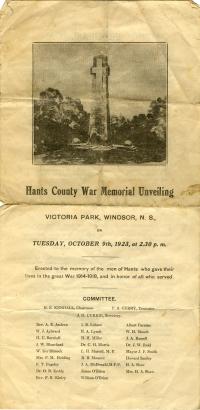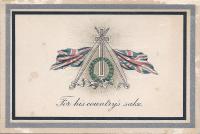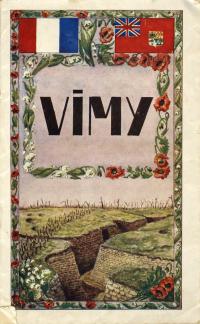War Memorials
In Memoriam 1939-1945
This booklet was published following the end of World War Two, to be used during a memorial service. It includes prayers, a brief history of the regiment, and the 'Roll of Honour'.
The Fallen of the Seaforth Highlanders
This book contains a list of officers, NCOs, and soldiers from Vancouver, British Columbia's Seaforth Highlanders who died in the First World War.
Walkerton Veterans Parade
The veterans of Walkerton, Ontario held a parade to honour Doctor Captain Peter F. McCue of the Canadian Army Medical Corps, after his passing at age 51 on April 4, 1930.
49th Edmonton Regiment Civic Reception
The city of Edmonton, Alberta held a public reception to celebrate the return of the 49th regiment from active service overseas on March 22nd, 1919. This program from the reception contains the names of the returned soldiers, as well as personal correspondence regarding a wounded soldiers pay ;eft inside by its former owner.
Remembering the Dead of Westville, Nova Scotia
During the First World War, Westville was at the heart of the coal-mining industry in Pictou County, Nova Scotia. In 1933, one of its churches remembered the dead - and the survivors.
In Loving Memory
Private D.M. Edgar of Hayter, Alberta the only child of J. and E. Edgar, was killed in action March 31st, 1917.
For his Country's Sake
Clarence E. Orr, a gunner of the 70th Battery CFA suffered medical complications at the base hospital in Toronto, Ontario and passed away on March 6, 1918 at the young age of 17 years and five months.
The Heroic Dead
The Hants County, Nova Scotia, war memorial drew its inspiration from British history, from the creators of Stonehenge to the builders of the British Empire.
Missing at Regina Trench
Frank Elvin of Guelph, Ontario, was not yet twenty years old when he went missing in action in the last stages of the Battle of the Somme in October 1916. The date on the card likely refers to the date that official notification reached his family.
Returning to Vimy Ridge
This bilingual booklet was available for battlefield tourists four years before the Vimy Memorial was unveiled, and remained in distribution until invading Nazi armies in 1940 confiscated the remaining stock of copies.

